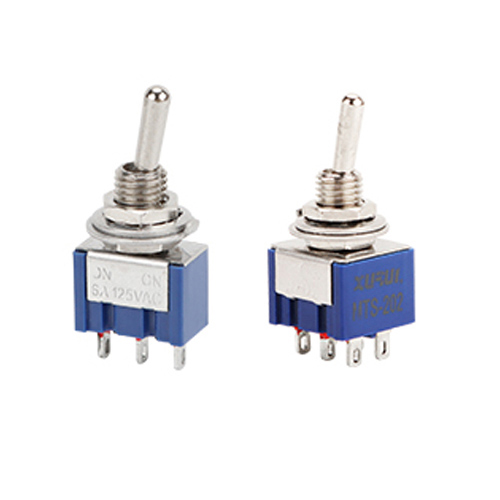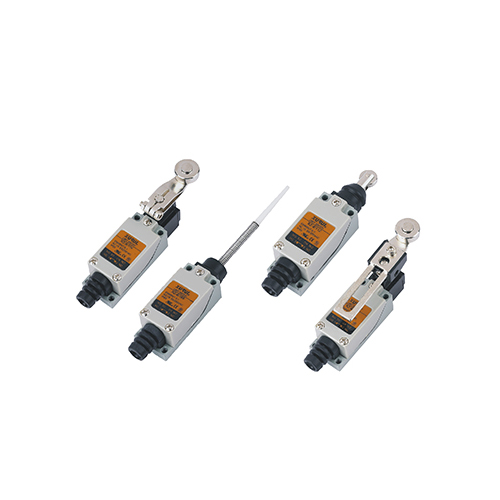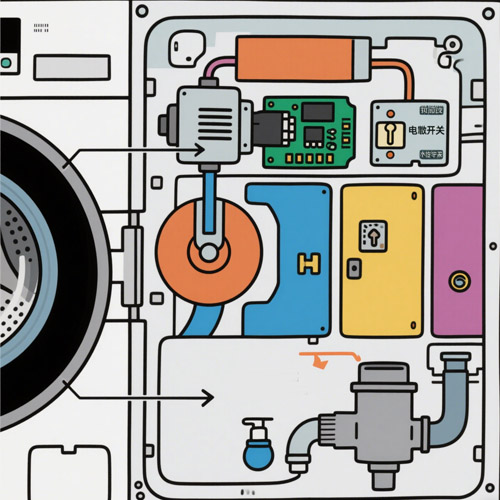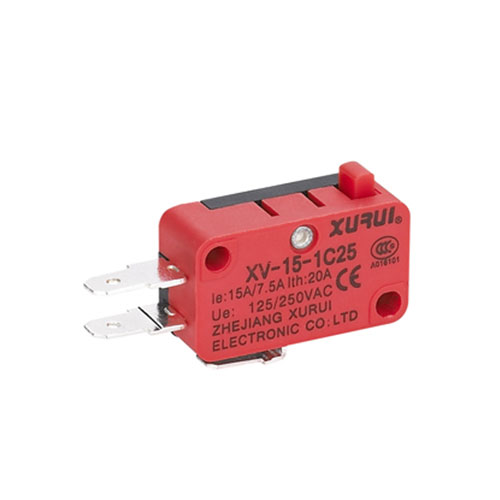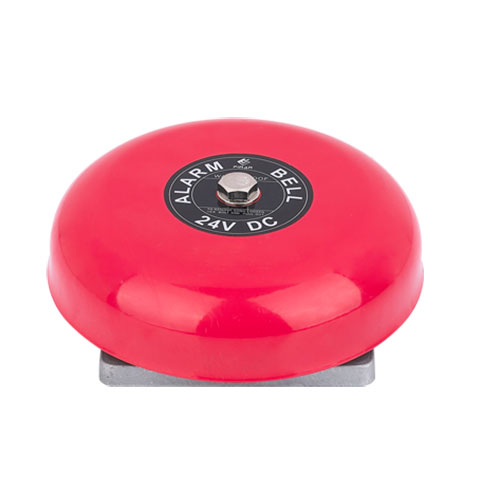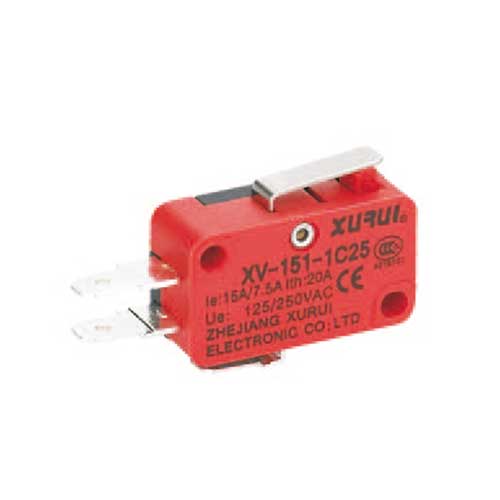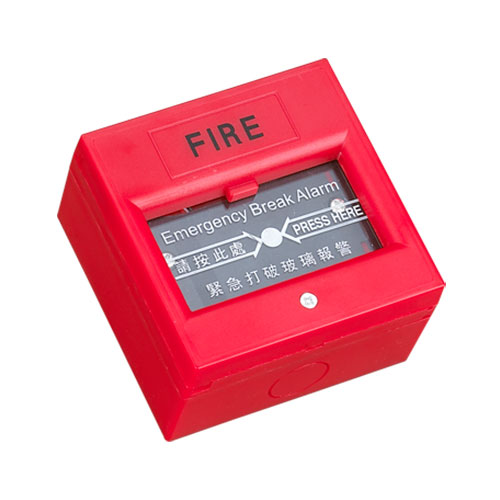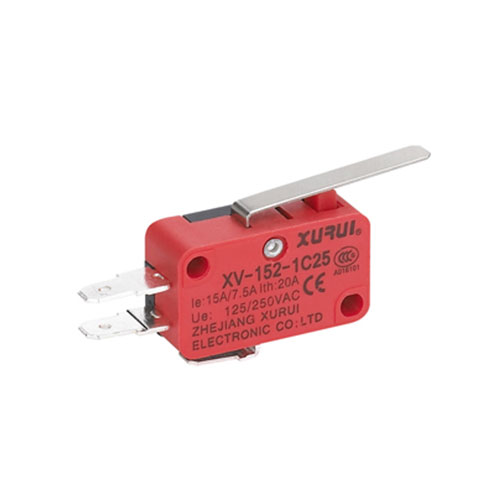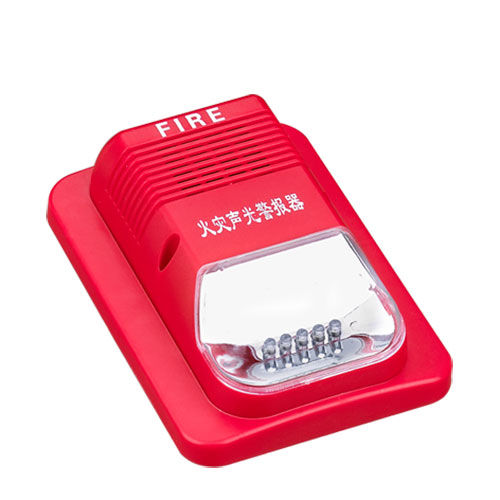Solid state relays (SSRs) have revolutionized electrical switching technology by offering a modern alternative to traditional mechanical relays. With no moving parts and faster response times, SSRs are widely adopted in applications demanding precision, reliability, and durability. This guide explores their fundamentals, applications, working principles, mounting options, and key differences from mechanical relays.
1. What are Solid State Relays?
A solid state relay (SSR) is an electronic device that controls the flow of electrical power in a circuit without the use of mechanical moving parts, such as contacts or switches. Instead, it utilizes solid-state components like transistors, thyristors, or diodes to achieve the switching function.
SSRs are designed to provide a reliable and efficient alternative to traditional mechanical relays. They offer several advantages over their mechanical counterparts, including faster switching speeds, longer lifespan, lower noise operation, and better resistance to environmental factors such as vibration, moisture, and dust.
2. What are Solid State Relays Used for?
Industrial Control Systems
In industrial settings, SSRs are widely used for controlling various types of equipment. They can be employed to switch motors on and off, regulate the power supply to heaters and coolers, and manage the operation of pumps and valves. For example, in a manufacturing plant, an SSR can be used to control the speed of an electric motor driving a conveyor belt, ensuring smooth and precise operation.
Electronic Equipment
SSRs are also commonly found in electronic devices such as computers, televisions, and audio systems. They are used to switch power to different components within these devices, such as turning on the display backlight in a laptop or activating the audio amplifier in a stereo system. Additionally, SSRs can be used in power supplies to regulate the output voltage and protect the equipment from overvoltage or overcurrent conditions.
Renewable Energy Systems
With the growing popularity of renewable energy sources like solar and wind power, SSRs play a crucial role in these systems. In solar power installations, SSRs are used to connect and disconnect the solar panels from the inverter, ensuring efficient power transfer and protecting the system from faults. In wind turbines, they are used to control the pitch of the blades and the operation of the generator, maximizing energy production and minimizing mechanical stress.
Automotive Applications
In the automotive industry, SSRs are used in various applications such as controlling the headlights, taillights, and interior lighting. They can also be used to switch the power to the air conditioning system, electric windows, and door locks. The use of SSRs in automotive applications helps to reduce the weight of the vehicle, improve reliability, and minimize the risk of electrical arcing, which can be a safety hazard in a confined environment.
3. How Do Solid State Relays Work?
Input Circuit
The input circuit of an SSR is responsible for receiving the control signal, which can be a low-voltage DC or AC signal. This signal is used to activate the SSR and initiate the switching process. The input circuit typically consists of a resistor, a diode, and an optocoupler, which is used to isolate the input signal from the output circuit and prevent any electrical interference between the two.
Isolation Component
The isolation component in an SSR is used to provide electrical isolation between the input and output circuits. This is important to protect the control circuit from the high voltage and current present in the output circuit. The most common isolation component used in SSRs is an optocoupler, which uses a light-emitting diode (LED) and a phototransistor to transfer the control signal from the input to the output circuit without any direct electrical connection.
Output Circuit
The output circuit of an SSR is responsible for switching the high-power load circuit. It typically consists of a solid-state switching device, such as a transistor, thyristor, or triac, which is used to control the flow of current through the load. When the input signal is applied, the optocoupler activates the switching device, allowing current to flow through the load. When the input signal is removed, the switching device is turned off, interrupting the current flow.
4. Solid State Relay Mount Types
Printed Circuit Board (PCB) Mount
PCB mount SSRs are designed to be mounted directly onto a printed circuit board. They are typically small in size and have a pin-out that is compatible with standard PCB layouts. PCB mount SSRs are commonly used in electronic devices and small-scale control systems where space is limited.
Panel Mount
Panel mount SSRs are designed to be mounted onto a panel or chassis. They usually have a rectangular or square housing with mounting holes or flanges that allow them to be secured to the panel. Panel mount SSRs are often used in industrial control systems and equipment where easy access to the relay for maintenance and troubleshooting is required.
Chassis Mount
Chassis mount SSRs are similar to panel mount SSRs but are designed to be mounted onto the chassis of a device or equipment. They typically have a more robust housing and are suitable for applications where the relay is exposed to harsh environmental conditions, such as high temperatures, vibration, and moisture.
Din Rail Mount
Din rail mount SSRs are designed to be mounted onto a standard din rail, which is a common mounting system used in industrial control panels. They are easy to install and remove, and can be quickly arranged in a row on the din rail, making them ideal for use in large-scale industrial control systems.
5. Solid State Relays vs Mechanical Relays
Working Principle
Mechanical relays use mechanical contacts to switch the circuit on and off. When the relay is activated, the contacts close, allowing current to flow through the load. When the relay is deactivated, the contacts open, interrupting the current flow. Solid state relays, on the other hand, use solid-state components to achieve the switching function without any mechanical moving parts.
Reliability
Mechanical relays are prone to wear and tear due to the mechanical movement of the contacts. Over time, the contacts can become pitted, oxidized, or welded together, leading to contact failure. Solid state relays, on the other hand, have no mechanical moving parts, so they are less likely to fail due to wear and tear. They offer a longer lifespan and higher reliability compared to mechanical relays.
Switching Speed
Mechanical relays have a relatively slow switching speed, typically in the order of milliseconds. Solid state relays, on the other hand, have a much faster switching speed, typically in the order of microseconds or nanoseconds. This makes them ideal for applications where fast switching is required, such as in high-frequency control systems.
Noise and Vibration
Mechanical relays produce noise and vibration when the contacts open and close, which can be a problem in sensitive electronic systems. Solid state relays, on the other hand, operate silently and have no mechanical vibration, making them suitable for use in noise-sensitive environments.
Environmental Resistance
Mechanical relays are more susceptible to environmental factors such as moisture, dust, and vibration. They may require additional protection, such as enclosures or covers, to operate reliably in harsh environments. Solid state relays, on the other hand, have a more robust construction and are better resistant to environmental factors, making them suitable for use in a wide range of operating conditions.
Cost
Mechanical relays are generally less expensive than solid state relays, especially for low-power applications. However, for high-power applications, solid state relays may be more cost-effective in the long run due to their longer lifespan and lower maintenance costs.
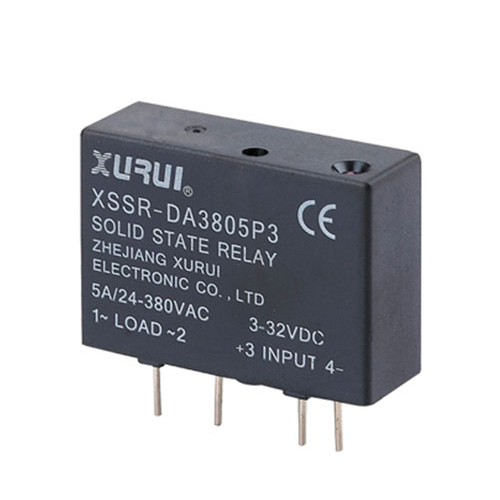
Conclusion
Solid-state relays (SSRs) are electronic switching devices that use solid-state components such as transistors and thyristors to control current. They have no mechanical moving parts and are both reliable and efficient. Compared with traditional mechanical relays, their switching speed is in the microsecond range, and there is no contact wear, which brings an ultra-long life. They are also silent in operation and have excellent resistance to moisture, dust, and vibration.
Applications cover industrial control (motors, heating equipment, pump and valve management), electronic equipment (power supply regulation and protection), renewable energy (optimization of solar/wind energy systems), and automotive fields. Through the optocoupler of the input circuit to achieve signal isolation, the solid-state switch safely controls high-power loads and provides a variety of installation methods such as PCB, panel, chassis, and rails, which are suitable for high-frequency, harsh environments or precision scenarios. Although the initial cost is higher than that of mechanical relays, the long-term maintenance cost is low, and it has significant advantages in durability, speed, and environmental adaptability.



